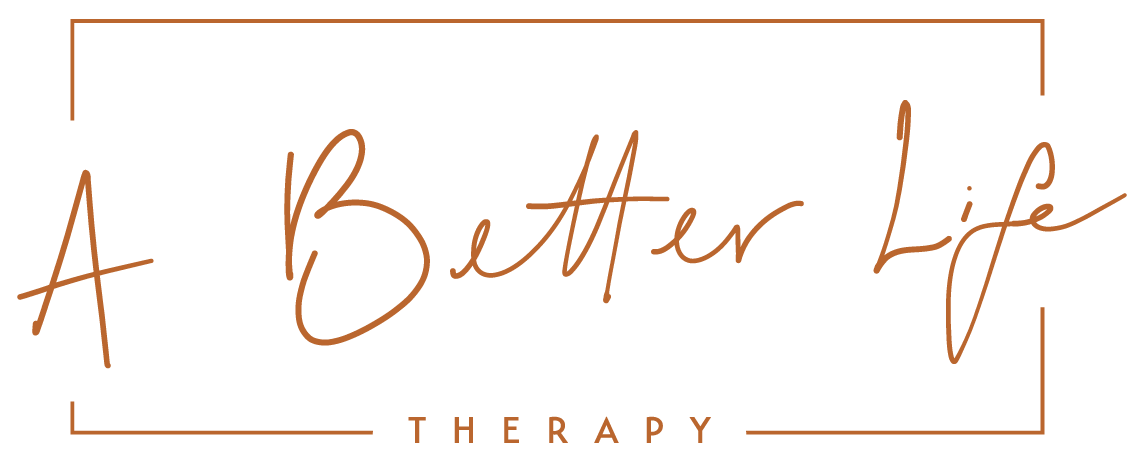The Difference between an Insight and a Conclusion
By; Kaylee Friedman, LAC
As a therapist, our job is to learn as much as we can about you, your history, your life, patterns, and coping mechanisms, and then combine that with what we know about human behavior, and offer insights (guesses) as to what MIGHT be going on, and what might help you heal.
It’s all just an experiment.
Notice the liberal use of the word “might” here.
Since there is no way for us to definitively KNOW (in my experience therapy is an art informed by science), you have to be an active participant in deciding what insights resonate, fit your worldview, and are helpful, and which ones aren’t.
It’s up to you to say, “Oh yes, that makes sense,” or “Oh no, I don’t think that’s quite it.”
Once you decide what fits and what doesn’t, that can lead us down a path of exploration filled with treasure. However, if you take what the therapist has said as a fact, rather than a suggestion, the dance ends there. We need you to combine what you know about your own experience with our perception of you for the dance of therapy to continue. It is a constant co-creation process.
This is why I get uncomfortable when I hear feedback that uses language that is absolutist, presents black/white arguments, or draws conclusions rather than offers insights.
I’d like to see more of us hold space for exploration and invites inquiry rather than presenting concepts/ideas as facts.
I hope my clients feel free to disagree, ask for what they want/need, and reject any insights I might offer that don’t resonate.
About the author
Kaylee Friedman is a therapist practicing in New Jersey. Kaylee sees clients virtually. She specializes in anxiety, trauma, and LGBTQ+ concerns. To read more about Kaylee click here.

